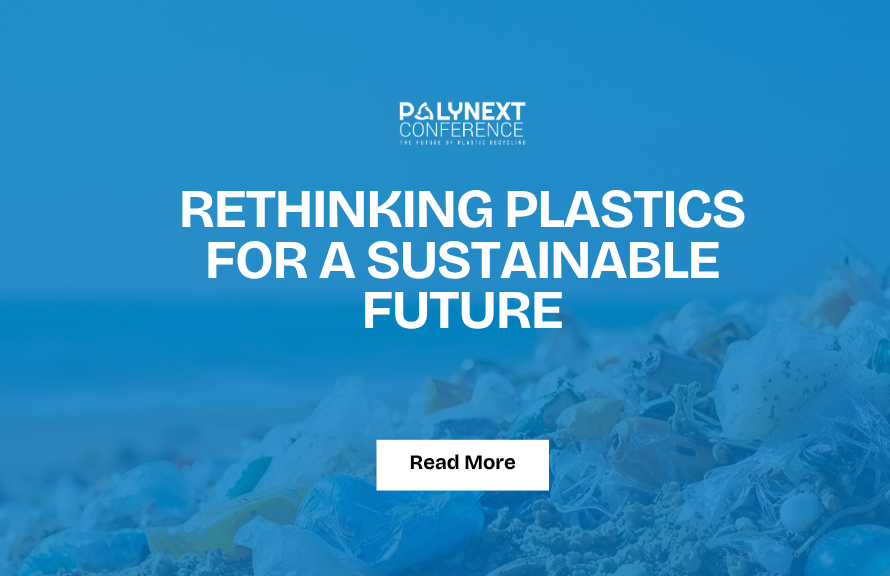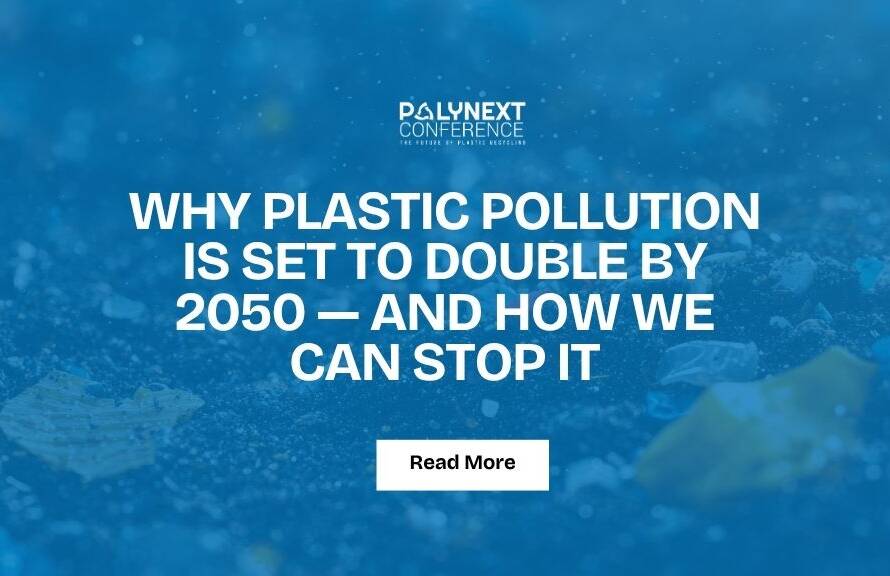The Chemical Burden of Recycled Plastics
Plastics are rarely made of just one substance. To enhance durability, flexibility, or color, manufacturers incorporate thousands of chemicals—such as plasticizers, flame retardants, stabilizers, and pigments. Many of these additives are not chemically bound to the plastic matrix and can leach out over time, especially when exposed to heat, UV light, or during the recycling process.
Recycling is promoted globally as a solution to plastic pollution, but a recent study by researchers from the University of Gothenburg and Leipzig University reveals a troubling side effect. Their investigation found that a single recycled polyethylene plastic pellet may contain over 80 different chemical substances, many of which are unknown or undeclared. These additives, initially included to enhance plastic performance, can become a hidden hazard once recycled.
Unseen Impacts on Aquatic Life
To understand the biological risks, the researchers purchased recycled plastic pellets from various global sources and soaked them in water for 48 hours. Zebrafish larvae exposed to this water for just five days showed significant changes in gene activity—particularly in genes linked to lipid metabolism, fat cell development, and hormonal systems.
Lead researcher Azora König Kardgar noted that even these short exposure times resulted in physiological alterations in the fish, indicating that the cocktail of leached chemicals could disrupt key biological functions.
Human Health Is Not Exempt
Although the study focused on zebrafish, similar endocrine-disrupting chemicals in plastics have been linked to reproductive issues, developmental disorders, obesity, diabetes, and certain cancers in humans. The danger lies in the fact that recycled plastics often carry forward the additives and contaminants of their past lives—many of which are not disclosed or tested for safety.
Kardgar emphasizes that without full transparency in the chemical makeup of recycled plastics, assessing long-term health risks remains a challenge.
Call for Safer Systems and Greater Transparency
The Center for International Environmental Law (CIEL) has long warned about the toxicity of plastics, even when recycled. In a 2023 report, CIEL stated that “plastic is not just an ocean pollution issue; it is a human health crisis hiding in plain sight.” They argue that without international standards requiring chemical transparency and testing, the recycling industry may continue to perpetuate harm rather than prevent it.
CIEL and other environmental watchdogs call for full disclosure of chemicals in plastics, green chemistry alternatives, and a reduction in plastic production altogether—especially for single-use items.
Despite growing evidence, regulations on chemical safety in recycled plastics remain patchy and inconsistent across countries. The European Union is advancing with its Chemicals Strategy for Sustainability, but many developing nations lack frameworks to control hazardous substances in recycled content. Experts argue that unified global standards are essential to ensure public health and environmental protection.
Conclusion: A Time to Rethink “Safe” Recycling
This study offers a stark reminder: recycling alone is not a silver bullet. While it helps manage plastic waste, it also reintroduces toxic chemicals into ecosystems and consumer products. To truly address the plastic crisis, we must combine recycling with smarter material choices, chemical transparency, and a global shift toward safer, circular alternatives.
PolyNext 2025, set to take place in Dubai in May 2025, will focus on sustainable packaging and innovations across the agricultural and consumer product sectors. With dedicated sessions on green chemistry, eco-design, and recyclability tracking, PolyNext is expected to catalyze policy alignment and industry transformation. By bringing together scientists, manufacturers, and policymakers, the event aims to accelerate the adoption of biodegradable materials, non-toxic additives, and transparent labeling standards—a much-needed step toward a cleaner, healthier future.
Sources:
CIEL Report: Plastic & Health: The Hidden Costs of a Plastic Planet (2023).



